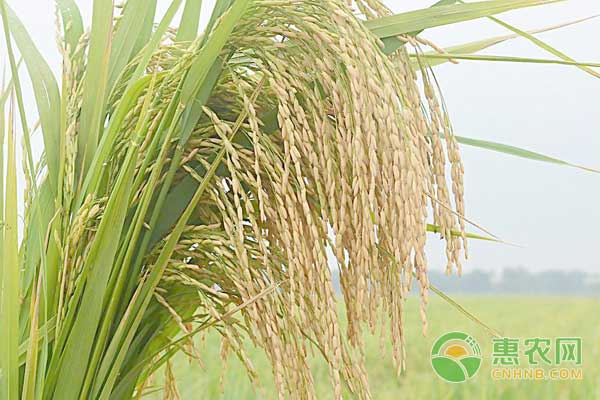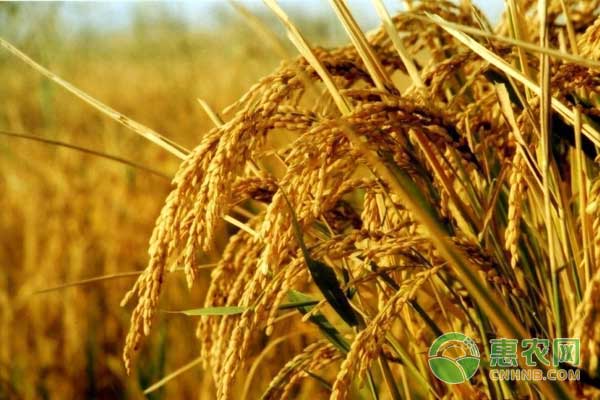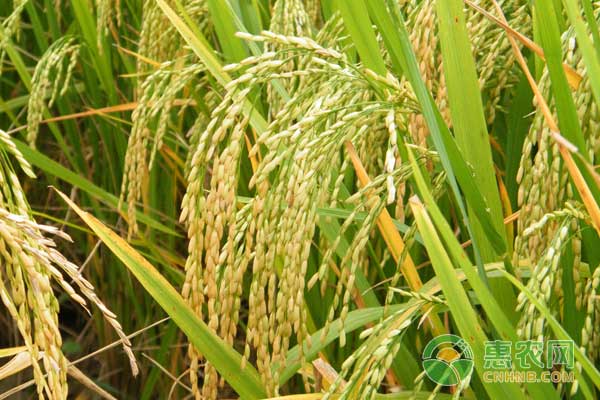How to weed the rice live field? Rice weeding field chemical weeding technology
In recent years, due to the promotion of chemical weeding technology, the direct weeds have become more and more resistant to weeds in the field, and even the failure of weeding has occurred from time to time. Therefore, weeding plays an important role in the live broadcast of rice.
The weed management of rice live field is relatively complicated for transplanting fields and throwing fields. In the rice field chemical weeding, we must first pay attention to the closure, adopt the weeding mode of “one, two kills (sealing), three supplements), reduce the weed base in the early stage, and make up and kill according to the weeds in the middle and late stages. The following is a summary of the key points of weeding techniques for several periods of rice live broadcast.

First, the occurrence characteristics of live field weeds
(1) The live weeds have a long period of occurrence, and the whole weeding time is about 50 days, which basically grows synchronously with rice.
(2) The number density of live sedum and thousand gold was significantly higher than that of transplanted stalks.
(3) Weed density is large, due to the long-term growth of weeds and rice, and the density of seedlings in the early stage is low, and the growth space of weeds is relatively large, which is conducive to the growth of weeds and harms seedlings.
(4) The first peak of grass emergence appeared 10 to 15 days after sowing. The period was mainly wet weeds such as valerian, Qianjin, Matang and scorpion.
(5) The second peak of grass emergence appeared 20 to 25 days after sowing. The period was mainly sedge and broadleaf weeds such as sedge, ragweed, otter, and squash.

Second, the direct seeding of rice field weeding usually adopts the strategy of "one two kills three supplements"
After a long period of exploration, the weeding of the live field gradually formed a very perfect weeding mode. Mainly based on "one second kill three supplements", some regions or farmers will choose one supplement for one cost-saving, one kill, one kill or one-time weeding.
(1) a letter
Using the soil difference between weed seeds and rice seeds, we should choose the herbicide with wide herbicidal spectrum and good sealing effect, and control the first weed peak. Soaking after whitening can speed up the emergence of rice, increase the time difference of emergence and weeding, so that the seedlings first become the individual advantage of weeds, and to some extent, reduce the number of weeds and achieve the effect of inhibiting weed growth.
Commonly used soil sealers are: butachlor, pretilachlor, mefenacet, oxaloin, metolachlor, oxyfluorfen, pendimethalin or a compounding agent. Compound dosage forms are more commonly used.
For example, within 3 days after soaking the seeds of germination and germination, the plants are evenly sprayed with 30% of chlorhexidine emulsifiable concentrate 100-120 ml to keep the field moist. After 3 days, normal field management is resumed. The direct seeding of the water direct seeding does not require soil cover. If the rainfall after application, the water in the plot is not recommended for application. It is recommended that rice 1 leaf 1 heart period propiamine + penoxsulam spray treatment.
Advantages: It saves labor and labor, and can greatly reduce the number of weeds in the plot when the application technology is appropriate and the field is suitable. Because it is almost a conventional medicine, the price is low.
Disadvantages: phytotoxicity, unstable control, some weeds produce certain resistance and resistance to enclosed herbicides.
Phytotoxicity: Because most soil-sealed herbicides mainly achieve selective control through soil dislocation, if the paddy field in the early stage is not flat and the water is too much, it is very easy to cause the agent to contact with the bud, which is very likely to cause phytotoxicity. In some extreme weather conditions, the seedlings grow weak, and they will also produce a large area of ​​phytotoxicity, such as low temperature in early rice, and heavy rain in the field after the application of sputum.
There are two main factors in the prevention of instability: 1 After encountering high temperature and dry weather after application, the soil moisture is extremely poor, weeds can not absorb the agent efficiently, and reduce the weed control effect; 2 Apply a type of herbicide perennial, weed pair It produces some resistance.
(2) second kill
It refers to the 3 leaf stage of rice, and the weeds are sprayed by stems and leaves before and after the 2~3 leaf stage, which can prevent the remaining weeds in the early stage and effectively control the second peak of grassing. When applying the medicine, the field water layer should be drained, so that the weeds in the field are fully exposed or exposed to at least 2/3, and water is applied for 2 to 3 days after application, and the water is kept for 5 to 7 days.
Commonly used post-emergence stem and leaf herbicides are: penoxsulam, oxazolamide, bismuth, cyhalofop, quinclorac, pyrithione, ethoxysulfuron and the like. Single agent or compounding, in most cases, farmers choose to choose between broad and wide, and generally choose to compound. It is the most important form of weeding in live field.
Advantages: It can effectively prevent the weeds existing after the soil is closed, which is the most important step in the current stage of weeding. When used properly, it can effectively reduce the cost of medication and labor costs.
Disadvantages: If the farmer does not choose to close the treatment, the farmers at this stage pursue a one-time weeding, consider the most in the selection of herbicides, the most cautious, relatively increase the cost of medication, and also consider the choice of application technology and application time. This stage has the most problems.

(3) Three supplements
Weeds against the weed resistant weeds and the second weeding peak should be selected according to the weeding effect after “one, two killingâ€, and the relevant herbicides should be selected and repaired in 30~35 days after sowing. At this time, if the grass age is too large, the dosage should be appropriately increased.
Advantages: Proper use can effectively reduce the residual weed survival rate this year, reduce the impact of residual weed seed on weeding in the coming year, and help reduce the cost of medication in the following year.
Disadvantages: Weeds are generally larger at this stage, and there are more resistant weeds, and the cost of medication is larger.
The water-sand field weeding "one", "two kills" and "three supplements" system is a relatively complete herbicide control system. The selection of live field weeding should be based on the actual situation of the field and choose a reasonable plan. Mainly achieve the maximum effect at the lowest cost, in order to reduce planting costs and increase planting efficiency.
thermometer accuracy,infrared thermometer in ear,digital infrared thermometer,forehead thermometer:ear thermometer baby:thermometer for fever
Shenzhen Urion Technology Co., Ltd. , https://www.urionhealth.com
